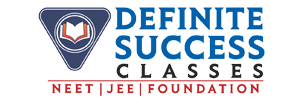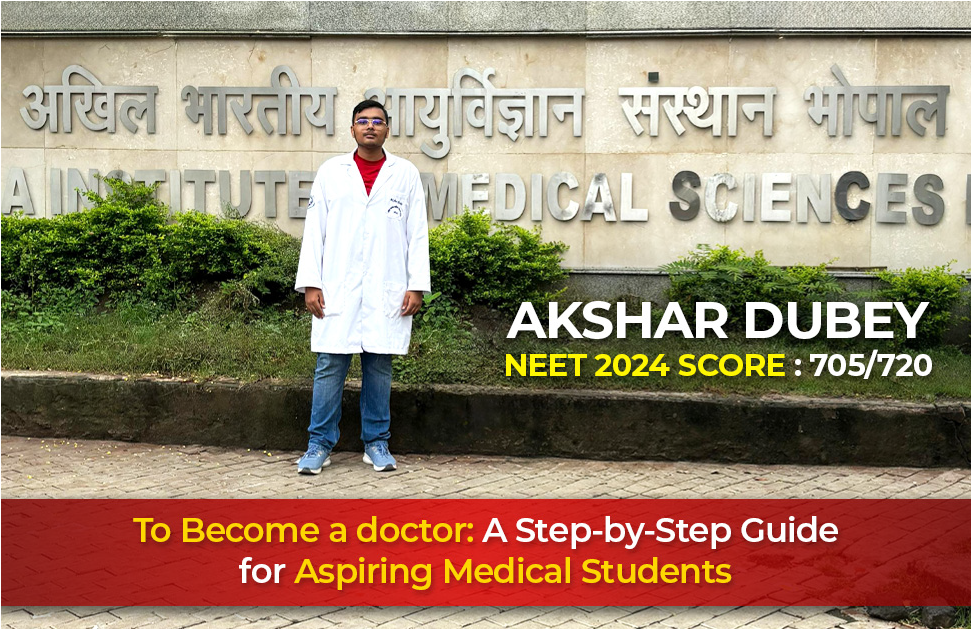Taking effective notes in class is crucial for excelling in competitive exams. Good notes can help you understand and retain key concepts, making your study sessions more productive. In this comprehensive guide, we will explore the top strategies for taking notes in class to help you prepare for competitive exams. These tips are designed to be easy to follow and implement, ensuring you get the most out of your classroom experience.
1. Why Taking Notes in the Classroom is Important
From being mere scribbles on paper to evolving into an essential part of learning, note-taking has come a long way. It’s much more than a memory aid; it’s an interactive process engaging active recall, encouraging deeper understanding, assisting in identifying core concepts, and boosting concentration during lectures. The art of note-taking also allows for better organization of study materials, thereby enhancing overall academic performance.

2. Prepare Before the Class
Preparation is key to effective note-taking. Here’s how you can prepare before attending class:
A) Review Previous Notes

Take a few minutes to review your notes from previous lectures. This helps you connect new information with what you’ve already learned, creating a coherent understanding of the subject.
B) Read Assigned Material
Read any assigned chapters or materials before the class. Familiarity with the topic will make it easier to follow along and identify important points during the lecture.
C) Bring the Right Tools
Ensure you have all the necessary tools for note-taking, such as notebooks, pens, highlighters, and any required textbooks. Being well-equipped sets you up for success.
D) Create a Focused Environment
Choose a seat in the classroom that minimizes distractions and allows you to focus better. Arrive early to find a good spot and settle in, preparing mentally for the lecture.
3. Choose the Right Note-Taking Method
Different methods of note-taking work for different people. Here are some popular methods you can try:
A) The Cornell Method
The Cornell Method divides your page into three sections: a narrow left column for cues, a wider right column for notes, and a bottom section for a summary. This method helps organize notes efficiently and makes review easier.
B) Mind Mapping
Mind maps are visual diagrams that represent information hierarchically. Start with a central idea and branch out with related concepts. Mind mapping is great for visual learners and helps in connecting ideas.
C) Outlining
Outlining involves organizing information hierarchically with headings and subheadings. This method is useful for structured and detailed note-taking.
D) Charting
Charting is ideal for subjects with a lot of data, such as history or science. Divide your page into columns and rows to create a table of information, making it easy to compare and contrast details.
4. Structure Your Notes
The structure can either make your notes an effortless reading experience or an indecipherable code. Here’s how to structure your notes effectively:

A) Use Abbreviations and Symbols
Develop a system of abbreviations and symbols to take notes quickly and efficiently. This can help you keep up with the pace of the lecture.
B) Highlight Key Points
Focus on writing down key points, main ideas, and important details rather than trying to transcribe the lecture verbatim. Use different colors for headings, key points, and examples to make your notes visually appealing.
C) Organize Your Notes
Keep your notes organized by using headings, subheadings, and bullet points. This makes it easier to review and study later.
5. Stay Engaged During the Lecture
Active engagement during the lecture is crucial for retaining information and staying focused. Here’s how to stay engaged:
A) Listen Actively
Pay close attention to the lecturer and avoid distractions. Active listening involves processing and understanding the information as it is presented.

B) Identify Key Points
Focus on writing down key points, main ideas, and important details rather than trying to transcribe the lecture verbatim. Look for cues from the lecturer, such as repetition or emphasis, to identify important information.
C) Ask Questions
If you don’t understand something, don’t hesitate to ask questions. Asking questions can clarify confusing points and deepen your understanding of the material.
6. Tips for Staying Focused During the Lecture
Maintaining unwavering focus during a lengthy lecture can seem like a Herculean task. Here are some tips to help you stay focused:
A) Eye Contact
Make eye contact with the speaker to stay engaged. This can help you focus better and understand the material more clearly.
B) Analyze the Speaker’s Tone and Body Language
Pay attention to the speaker’s tone and body language. This can provide additional context and help you identify important points.
C) Active Listening Techniques
Practice active listening techniques such as nodding, taking notes, and asking questions. This encourages engagement and aids in better information retention.
7. Review and Revise Your Notes
Fun fact: The power of reviewing and revising your notes is underutilized! This section stresses this often-overlooked step and guides you through practical ways of filling knowledge gaps and consolidating key points into coherent summaries that simplify revision.
A) Summarize Key Points
At the end of each lecture, take a few minutes to summarize the key points in your own words. This helps reinforce what you’ve learned and ensures you understand the material.
B) Fill in Gaps
Review your notes and fill in any gaps or missing information. Adding details and clarifying points can make your notes more comprehensive.
C) Create Flashcards
Create flashcards for key terms, concepts, and definitions. Flashcards are a great tool for active recall and spaced repetition.
8. Organize Your Notes
Keeping your notes organized is essential for effective revision. Here’s how to stay organized:
A) Use a Binder or Notebook
Use a dedicated binder or notebook for each subject. This keeps all your notes in one place and makes it easier to find what you need.
B) Number and Date Your Pages
Number and date each page of your notes. This helps you keep track of the sequence of lectures and makes it easier to refer back to specific information.
C) Use Dividers
Use dividers to separate different topics or sections within your binder. This adds an extra layer of organization and makes it easier to locate specific information.
9. Collaborate with Classmates
Collaborating with classmates can enhance your learning experience and provide additional insights. Here’s how to collaborate effectively:
A) Share Notes

Share your notes with classmates and ask to see theirs. This can help you fill in any gaps and gain different perspectives on the material.
B) Form Study Groups
Join or form study groups with your peers. Study groups can provide support, share knowledge, and help you stay motivated.
C) Discuss Material
Engage in discussions about the lecture material with your classmates. Discussing concepts and ideas can deepen your understanding and reinforce your learning.
10. Seek Feedback and Reflect
Seeking feedback and reflecting on your progress can help you identify areas for improvement and enhance your learning experience. Here’s how to do it effectively:
A) Ask for Feedback
Request feedback from your teachers on your assignments, exams, and class participation. Constructive feedback can provide valuable insights and guide your improvement.
B) Reflect on Your Progress
Take time to reflect on your academic progress regularly. Identify
your strengths and areas for improvement, and adjust your strategies accordingly.
C) Set Improvement Goals
Based on the feedback and reflection, set specific goals for improvement. Focus on developing skills and strategies to overcome your challenges.
Mastering the art of taking notes in class is essential for success in competitive exams. By understanding the importance of note-taking, preparing before class, choosing the right method, staying engaged, using abbreviations and symbols, highlighting and color coding, reviewing and revising, organizing your notes, collaborating with classmates, utilizing online resources, taking care of your well-being, and seeking feedback, you can significantly improve your note-taking skills and enhance your academic performance. Implement these strategies and watch your classroom performance and exam results soar.
FAQs
Q: How can I stay focused during long lectures?
A: Break the lecture into manageable chunks, take effective notes, engage in discussions, and take short mental breaks to stay focused.
Q: What is the best note-taking method for competitive exams?
A: The best note-taking method depends on your personal preference. Popular methods include the Cornell Method, mind mapping, and outlining.
Q: How can I effectively review my lecture notes?
A: Review your notes regularly, create summary sheets, practice retrieval, and use flashcards to reinforce your understanding and retention.
Q: How can I manage my time better as a student?
A: Use a planner, set specific goals, create a study schedule, prioritize tasks, and avoid multitasking to manage your time effectively.
Q: What are some online resources to supplement my learning?
A: Educational websites like Khan Academy, Coursera, and edX, as well as YouTube, online forums, and digital libraries, can provide additional support and resources.
By following these tips and strategies, you can master the art of attending classroom lectures and achieve your academic goals.





